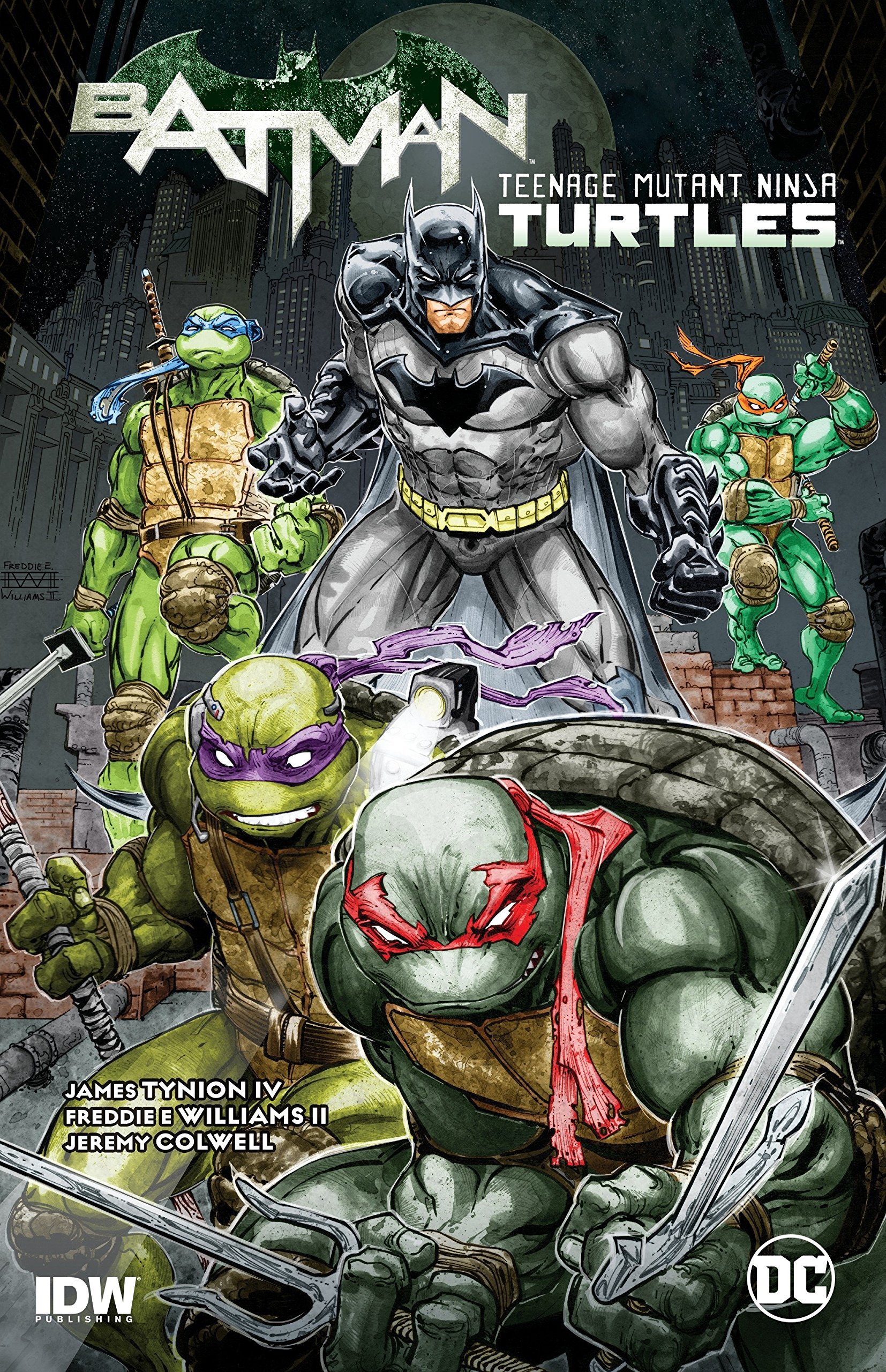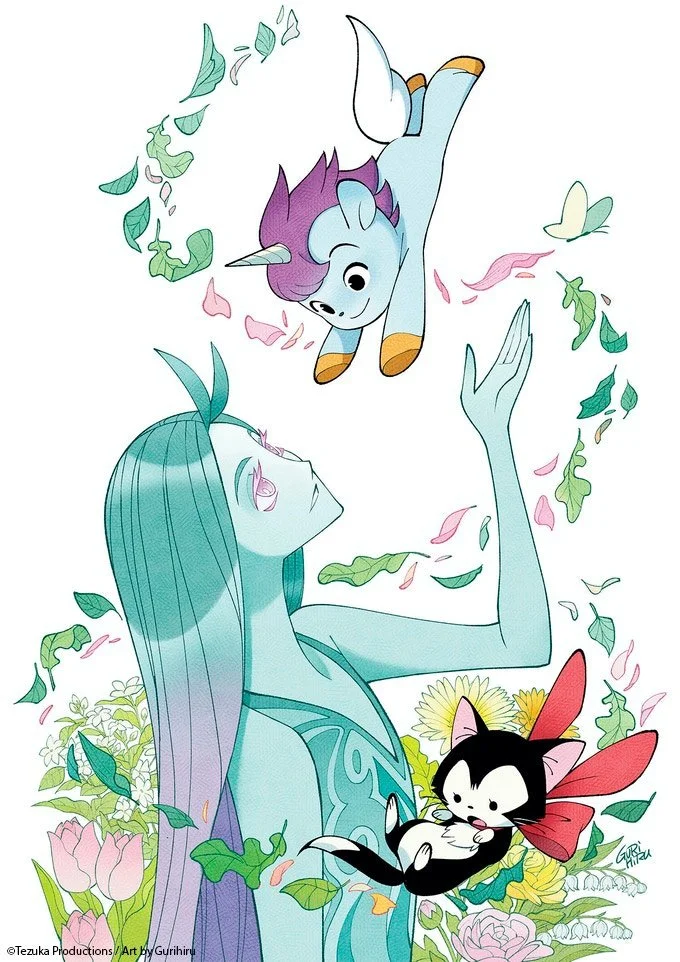Man Without Fear...By The Year: Daredevil Comics in 2002
By Bruno Savill De Jong — It’s 2002. The WorldCom scandal exposes inflated earnings under accounting fraud, Kelly Clarkson wins the first season of American Idol, Halle Berry becomes the first black women to win a Best Actress Oscar, and Elon Musk founds SpaceX. People are listening to “Hot in Herre,” watching Spider-Man, and reading Daredevil.
Written by Brian Michael Bendis
Illustrated by Alex Maleev
Inks by Alex Maleev
Colors by Matt Hollingsworth
Lettered by Wes Abbott (26-31, 33-34), Jason Levine (32), Richard Starkings and Comicraft (35-37)
Something about Daredevil brings out the best in writers. We’ve seen how it launched Frank Miller’s career, provided Ann Nocenti a platform, and kickstarted the Marvel Knights imprint under Kevin Smith. And amidst 2001, it allowed for a short distinctive story by Brian Michael Bendis as he was taking Marvel by storm. “Wake Up” was Bendis’ first work for Marvel (even if Ultimate Spider-Man shipped first), originally a placeholder while the book was off-schedule. But Joe Quesada offered Bendis the book full-time and, after several great guest-writers, another legendary Daredevil comics run was born.
Bendis’ work on Daredevil is considered a modern classic, an Eisner-winning work which chronicled the downward spiral of the Man Without Fear within the gritty texture of a crime comic. Bendis created several great comics during this era (Powers, Alias, the aforementioned Ultimate Spider-Man which itself was a pivotal book for Marvel) that made him a superstar creator. But his Daredevil remains a particular triumph, as well as a personal favourite. Bendis brought an engaging, naturalistic perspective to Daredevil that hammered home the perennial hardship of being Matt Murdock.
Although, Bendis' run kicks off with him undermining Daredevil’s status quo, as impetuous gangster Sammy Silke stages a coup against the Kingpin. Silke is a spoiled New Jersey player whose father is in the business, his tinted sunglasses and leather jacket marking him as the new Sopranos generation. But – much like Tony Soprano – Silke longs for the “good old days,” the classy roots of the mafia before a supervillain outsider like The Kingpin (who isn’t even a made man) took over New York. Silke’s outrage only grows once he learns Kingpin knows that Daredevil is Matt Murdock – something leaked to his organization through Kingpin’s disaffected alcoholic son Richard Fisk – and has done nothing about it.
To Silke, these superhero antics are a distraction. He has no patience for costumed vendettas or power-plays, and homophobically dismisses it as a “pansy” love-affairs between Kingpin and Daredevil. Plus, now that Kingpin has shown “weakness” by being blinded in “Parts of a Hole,” Silke takes his shot at the Kingpin and literally stabs him in the back. But as another 2002 HBO Show said, “you come at the King, best not miss.”
The Kingpin isn’t killed, but he is gravely injured and put into a coma. Instead, his wife Vanessa – albeit last seen having left the Kingpin – coldly takes the reins, and eliminates her husband’s usurpers. It’s after Silke scurries away to the FBI for protection we realise this “Underboss” arc has only been a prelude. Once there, Silke tries to barter with the FBI Agents with the real identity of Daredevil. Although Silke fails to secure a deal, one of the down-on-his-luck Agents sells it to the Daily Globe, exposing Matt’s double-life to the world.
Now, Daredevil’s secret identity has been “exposed” a few times. Back when Matt moved to San Francisco, reporters noted the odd coincidence of Daredevil arriving there too. Or, more relevantly, D.G. Chichester had one reporter steal Ben Urich’s files on Daredevil and sell them to a tabloid, forcing Matt to fake his death (and later declare his secret-identity “the world’s worst-kept secret”). But this time differs in some significant ways. Firstly, tabloid culture was at its worst in the 2000s. Digital blogs and Reality TV brought out a lethally voyeuristic side of the press. Prince Diana had just died from being chased by paparazzi, and singers like Amy Winehouse and Britney Spears would be hounded by dogged reporting.
Plus, Brian Michael Bendis heightens the stakes and weight of this particular leak. As mentioned, an entire arc is dedicated to how it got to the FBI – and an additional issue dedicated to the FBI Agent selling it out. The world Bendis creates takes this moment far more seriously, and the gritty naturalistic tone of his Daredevil means there aren’t any easy escape-routes like faked deaths or impersonators in the same costume. This is a story which sticks to people.
Indeed, despite Matt and Foggy Nelson’s shock and horror, something feels inevitable about this event. As if Matt’s secret-identity was only a thin layer of protection – one precariously held by the Kingpin for decades now – which now cannot be put back into the bottle. 2002’s Daredevil is a year of unbalanced egos. The Kingpin believes he is untouchable. Silke thinks he can take over New York. Matt vehemently denies the claims he is Daredevil, suing the Daily Globe, with the publisher refusing to settle due to Matt’s “smugness.” Nothing goes according to plan for anyone this year, and this messy atmosphere of things falling apart begins to tear up Matt from the inside.
It's common for Daredevil to have emotional issues – and appropriate, given all he’s been through. Matt has suffered several mental breakdowns within his book, and has another dissociative episode when he nearly unmasks while watching the pursuing paparazzi, taunting them to come get him. His super-senses are already overwhelming Matt, overstimulating him so he cannot get his bearings, and this added press scrutiny only makes Matt feel more confined.
But Bendis’ Daredevil is primarily an angry person. Even before his identity is exposed, Matt aggressively beats down the low-lives he encounters, later acknowledging he’s been having “anger management issues.” When Daredevil intimidates the FBI source to back off from the story, he silently stands by the window, appearing downright demonic. Despite this storyline likely being conceived beforehand, it's impossible to ignore the spectre of 9/11 hanging around this ear, including the “Hunt For Osama” appearing on the front-page advertising Daredevil’s exposed identity. It coincides with the gritty and bleak tone of this Daredevil, and aligns with the morally compromised act of Matt suing the Daily Globe for, essentially, printing the truth. Although he has good reasons for it, Matt’s “revenge” against the Globe belies an instinctive, defensive, selfishness which arises in Daredevil (and will only escalate throughout the run).
Foggy Nelson is especially annoyed, since he sees this as Matt’s exit-strategy. Foggy is the one who tells Matt he cannot confess – given the extreme illegality of his double-life – but he suggests this is the perfect opportunity to quietly hang up the costume. Foggy feels Matt is in a “cycle of violence,” and that since being Daredevil has caused such tragedy for Matt, he’s grown resentful of the role and angry at the world he’s meant to be protecting. Several issues demonstrated has cloistered this news has made Matt, contrasting his wish to run free on the rooftops against Foggy’s monologue hemming him in. Plus, when Elektra shows up to “snap” Matt out of his funk, she only serves to remind Matt of the difference between her stoic, uncomplicated purpose and his own messy, dishevelled emotions (Strip Panel Naked dedicated an episode to this single issue).
Above complicated plots or conspiracies, Bendis’ Daredevil seeks to capture the emotional fallout and frustrated psychodrama of Matt Murdock’s life. These comics exemplify an era of highly decompressed comics, Bendis taking 6 issues of “Underboss” to tell the relatively straightforward story of the Kingpin’s betrayal. Or devoting an entire issue to FBI Agents assessing, and later selling, Daredevil’s identity. It’s all about soaking in the world and characters Bendis has created, including his idiosyncratic “Bendis-speak,” where people talk in snappy repetitive sentences that self-interrupt and bounce off each other.
Yet Bendis’ dialogue here does not feel as dense as other wordy writers, like Kevin Smith or D.G. Chichester. Part of this is letterers Wes Abbott and Jason Levine carefully spacing out the interplay into digestible word balloons. And part of it is how natural these playful exchanges and “digressions” feel to the story. Bendis also remembers to effectively use silence to undermine particular dialogue, including having one issue be entirely silent as part of Marvel’s “’Nuff Said” initiative.
The realistic dialogue and scope which Bendis brings – one more interested in emotional reactions and day-to-day coping than grandiose schemes – is enhanced by Alex Maleev’s fantastic artwork. Maleev and Bendis had worked together before on the indie comic Sam and Twitch, but Maleev’s style here is radically different from that exaggerated and cartoonish style. In Daredevil, Maleev is scratchy and photorealistic, resembling high-contrast street photography that perfectly captures the grit and noirish realism Bendis brings to the book. Matt Hollingsworth’s icy washed-out colours similarly bring a faded, murky hue to the comic.
Daredevil has long been one of Marvel’s more “realistic” heroes – regardless of his radioactive super-senses – and in 2002, Bendis, Maleev and Hollingsworth recaptured that edge, bringing Matt crashing down to earth for a multi-year saga which Daredevil will struggle to survive.
Read classic Daredevil Comics!
Check out past installments from The Man Without Fear…By The Year!
Check out Bruno Savill De Jong’s last regular series, Gotham Central Case by Case!
Bruno Savill De Jong is a recent undergraduate of English and freelance writer on films and comics, living in London. His infrequent comics-blog is Panels are Windows and semi-frequent Twitter is BrunoSavillDeJo.














